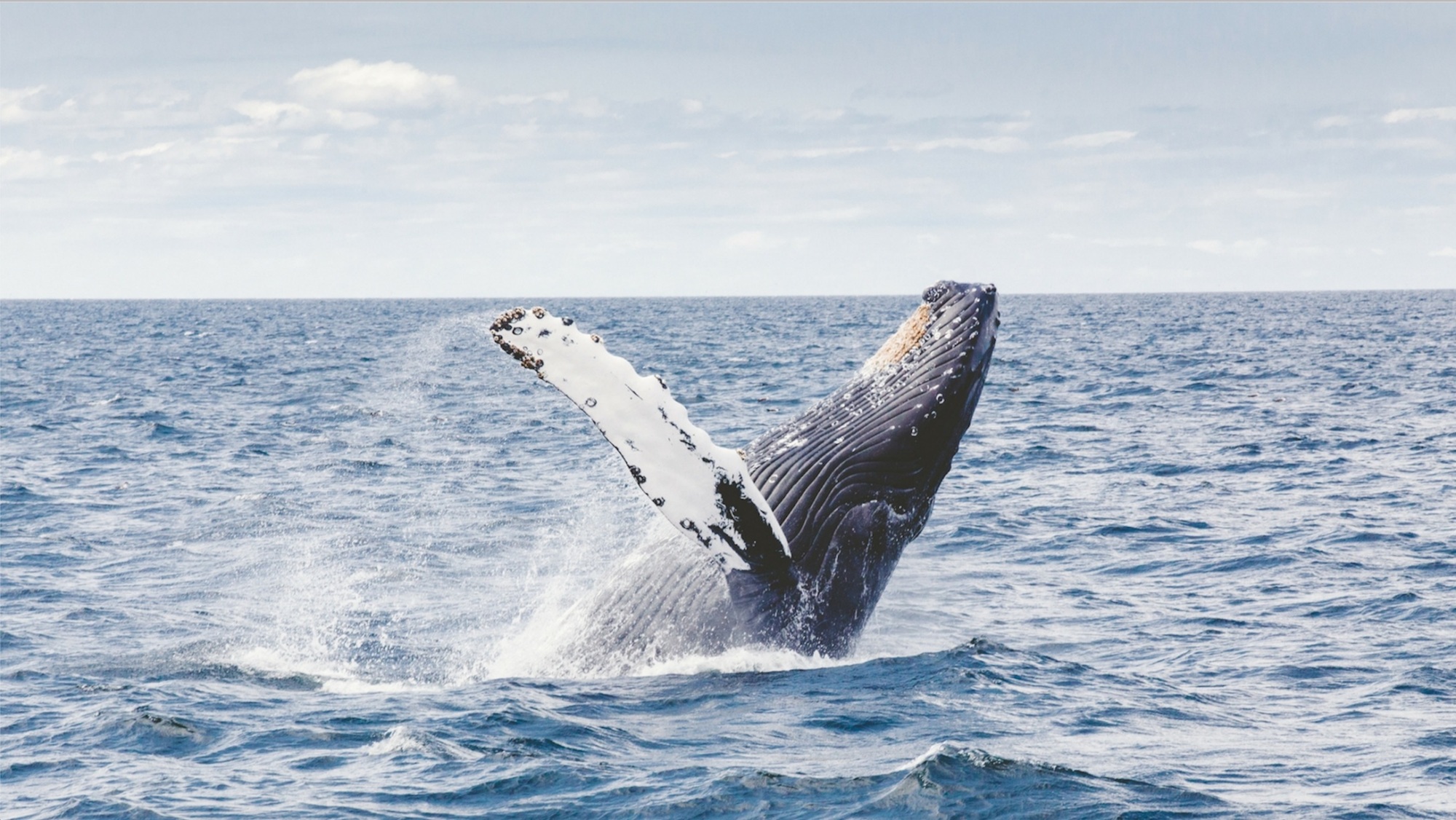The Gulf of Mexico is a haven for several species of whales, creating a symphony of marine life that is as diverse as it is captivating. From the grandeur of the blue whale to the uniqueness of the Rice’s whale, this region provides essential habitat for these majestic creatures. Some species are permanent residents, while others are occasional visitors, gracing the Gulf with their presence during their migrations.
Among the most notable species is the rare and endangered Rice’s whale, which is found solely in the Gulf of Mexico 12. Named after American marine biologist Dale Rice, fewer than 100 individuals of this species are believed to exist in the wild, making every sighting a rare and special event 34.
However, the whales of the Gulf of Mexico face numerous challenges. Like their counterparts worldwide, they are threatened by warmer ocean waters, which disrupt their food sources, and by human activities such as fishing, shipping, and pollution5. A unique threat to the region is offshore oil and gas drilling. Oil spills can have devastating impacts on whales, affecting their ability to breathe and feed, and causing both immediate and long-term health problems 6.
During the 2010 Deepwater Horizon oil spill, scientists spotted more than 1,300 whales and dolphins swimming in or covered by oil, and over 150 were found dead
These threats underscore the urgent need for comprehensive conservation efforts to protect the whales of the Gulf of Mexico and ensure the future of these magnificent creatures. 6.
With so many species inhabiting or visiting the Gulf, anyone venturing out on a beach day or a boat trip may be treated to the sight of a whale fluke breaching the surf or the tell-tale spray of a whale surfacing to take a breath. Each sighting serves as a reminder of the rich biodiversity of the Gulf and the critical need to safeguard its inhabitants.
Sources:







